Affiliate links on Android Authority may earn us a commission. Learn more.
Pocophone brings us the post-OnePlus era: Speed, value, and not much more

Pocophone feels like it’s the OnePlus 2.0. TwoPlus. NextPlus. OnePlusOne — whatever. Xiaomi’s new subsidiary is its attempt to upend the current established order of smartphones by copycatting OnePlus’s original approach.
Until now, just about all phones with the latest flagship Snapdragon processor onboard have been high-end, beefy models trying to compete at the top end of the market. The Pocophone F1 is fast, with a big battery, a great display, and liquid cooling, and at 21,000 rupees (~$300) price that’s shocked the Android world. POCOphone is talking up a big game, calling its device a flagship, and the marketing is youth focused and brash, especially in the make-or-break Indian market.
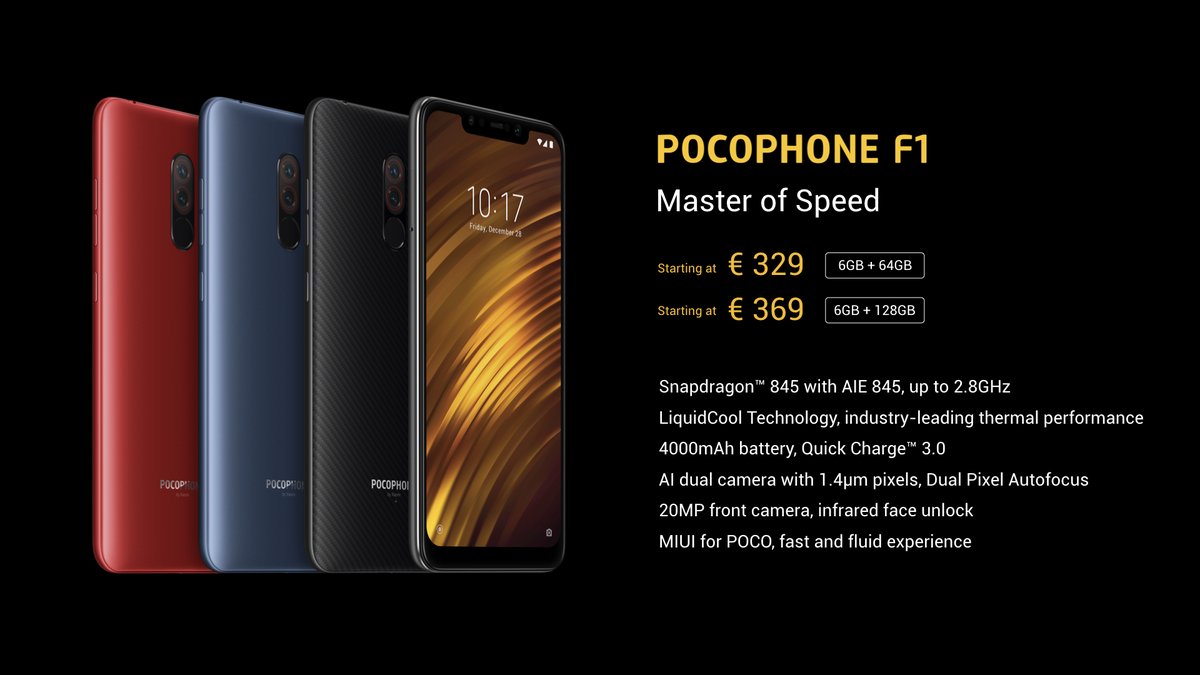
OnePlus has graduated from killer to keepers
It’s just like OnePlus used to be: super focused on specs, cheap, and without apologies. OnePlus once made fun of the big brands and their marketing strategies. Then they called in Emily Ratajkowski.
The POCOphone F1 doesn’t look to be a great device just yet, but it isn’t trying to please everyone. While speed and price are everything, it also has a pretty basic build and a poor camera. But it’s the lowest priced Snapdragon 845 phone ever, and it doesn’t skimp on higher-end components where you might have expected some savings. The F1 starts with 6GB of RAM, but it’s high-end LPDDR4X RAM. It starts with 64GB of internal storage, and it’s UFS 2.1 flash storage, an exception to others. Thanks to Xiaomi’s scale and experience with similar value-packed devices like the Mi 8, the POCOphone F1 is a super low-cost device, but it still has extras like face unlock and Gorilla Glass.
OnePlus has been moving closer to offering a genuine flagship at flagship pricing for some time now
The OnePlus 6, of course, has a spec sheet with top-line similarities to the POCOphone F1 and comparisons are unavoidable. Undoubtedly the OnePlus 6 is a better phone and availability isn’t a problem like for the POCOphone F1 either. But the OnePlus line has been moving closer to being a genuine flagship at flagship pricing, rather than a usurper, for some time now. The latest OnePlus phones have fewer compromises, and accordingly, costs have risen as devices have become more refined, with flagship-level speeds and more premium designs, with fewer cost savings. The OnePlus 6T should take this even further, but price-pressure has now turned way up.
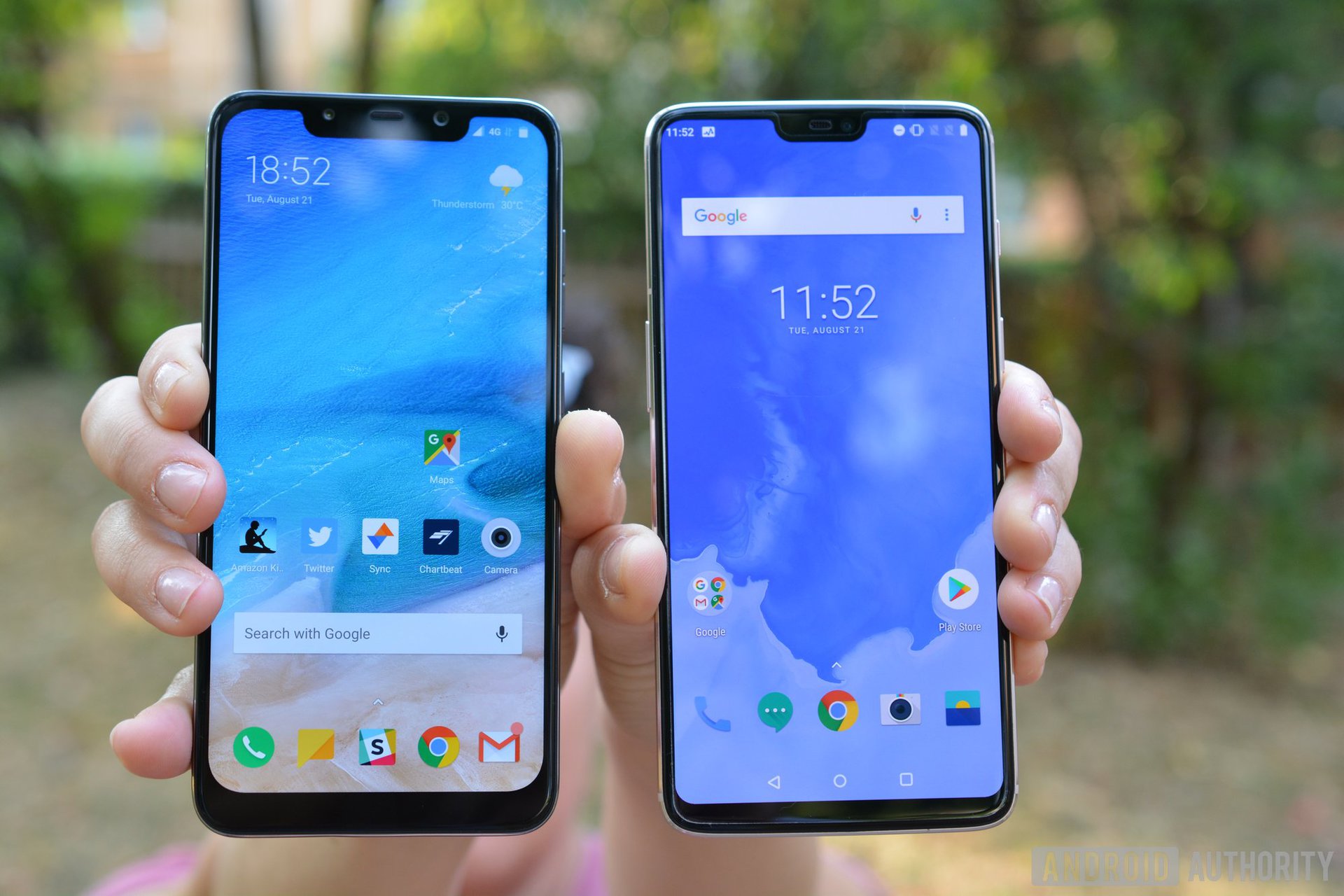
The issue for OnePlus is that for 35,000 rupees (~$529) in India, the OnePlus 6 is no longer a screaming value offering. It’s a welcome discount to other flagships, but it’s the F1 that has managed to capture the minds of buyers right now. For POCOphone, maybe listening to Reddit’s advice really worked, or maybe the company is just cleverly piggybacking on OnePlus’ efforts to make speed all-important. “The Speed You Need” was the OnePlus 6 slogan, and POCOphone is going for “Master of Speed.” No coincidence. Of course, the device is also about half the price thanks to Xiaomi’s market experience — a benefit akin to the OnePlus relationships with its parent OPPO.
How Xiaomi’s POCOphone actually changes smartphones
So how did Xiaomi disrupt the disruptor? While the headlines have all been about how much you get for the price, the experience it offers shows us how a new path might be created.
During IFA 2018 I had a chance to see the POCOphone F1 in action in Berlin. Our reviewer Bogdan Petrovan showed off the device he scooped for Android Authority.
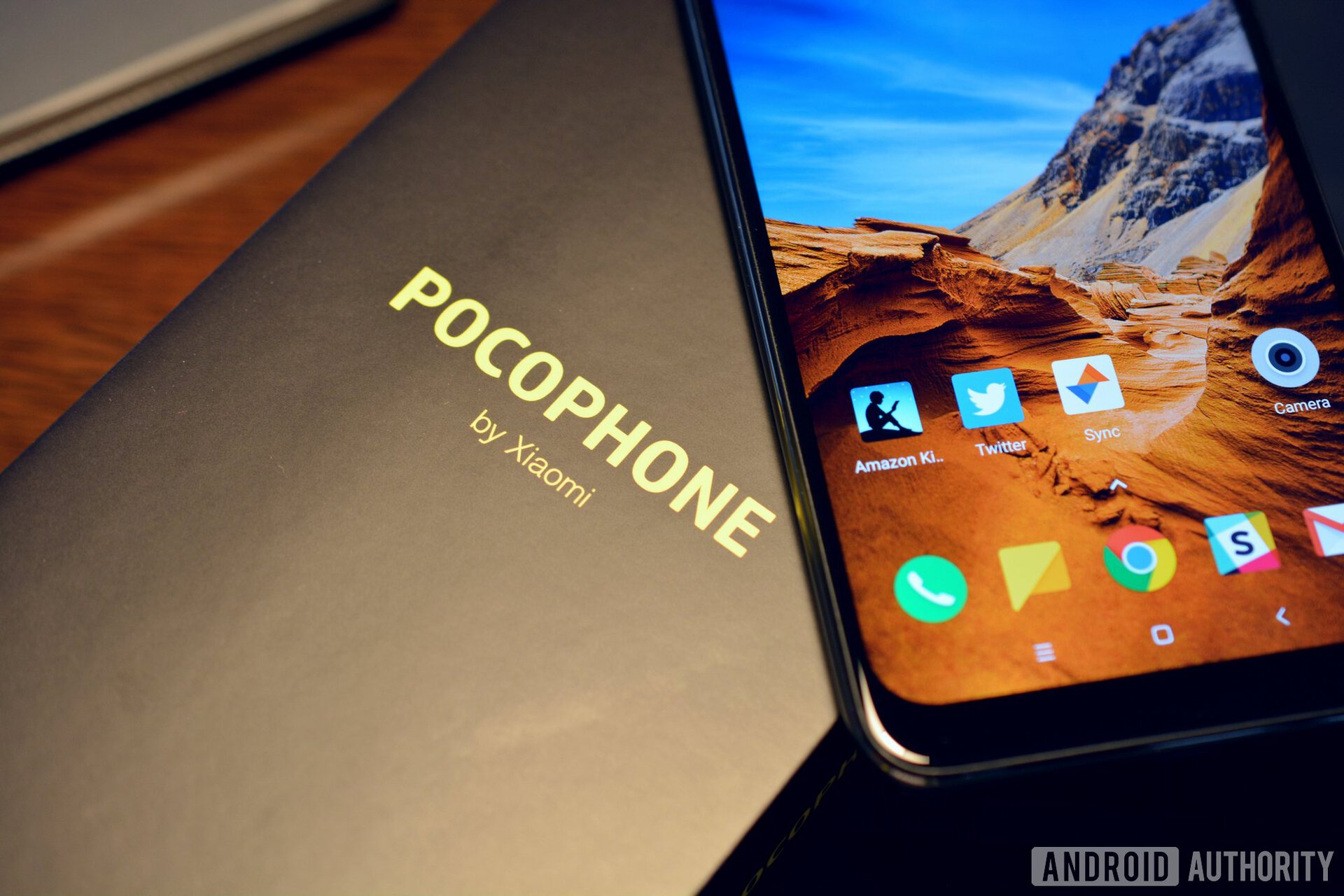
The interesting fact was that Bogdan, everyone’s favorite AA editor, was using the device as his daily driver. Despite the phone not being a great all-around device, and Bogdan owning a Google Pixel 2, he’d found himself perfectly fine using the POCOphone for now.
The phone, in person, is super fast, has a bright LCD screen, and great battery life. The back is polycarbonate but a few more dollars gets you a Kevlar cover for added toughness. It does what it does well, and nothing more.
I saw the POCOphone F1 in use in a few different situations. Bogdan whipped through his favorite news apps using it, and made calls and sent messages as we all do. It wasn’t using final software, and it still performed well enough.
A few days later our switched-on tech man in the U.K., Rob Triggs, took some sample photos with our other official POCOphone F1, updated to the latest camera software just before taking these shots.
Here it’s clear Xiaomi’s spent a minimum on perfecting the camera, iterating through a decidedly ongoing process. Take a look at these comparison shots in the English countryside. The comparison camera is actually the LG G3, from 2014.
Even the sample OnePlus One shots from our review four years ago arguably look just as good, if not better, than the POCOphone F1 — and without rampant oversaturating. The daytime shots are acceptable enough, as we mentioned in our POCOphone review .
In low-light though, the F1 wouldn’t focus and delivered what can only be described as terrible photos:
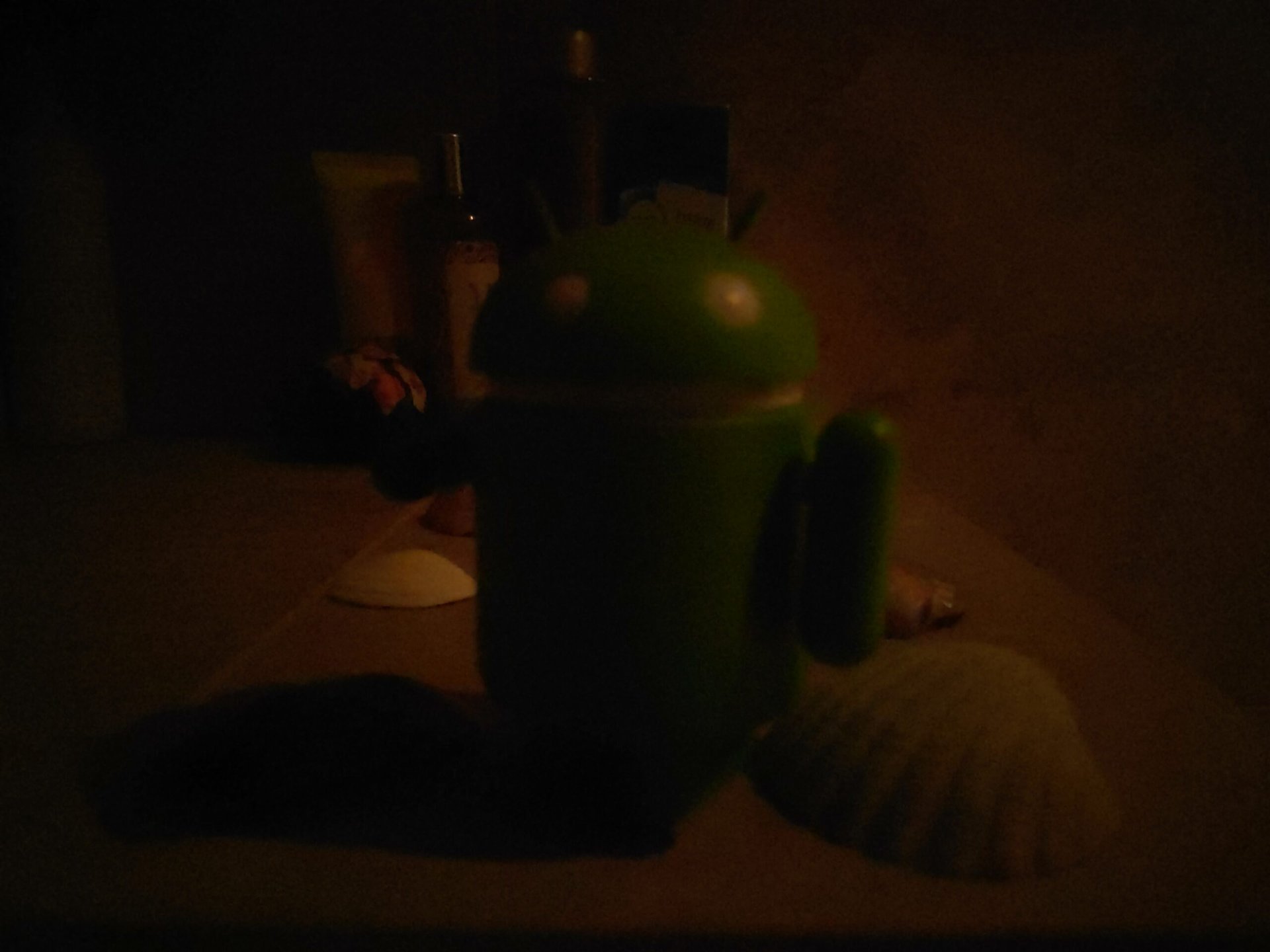
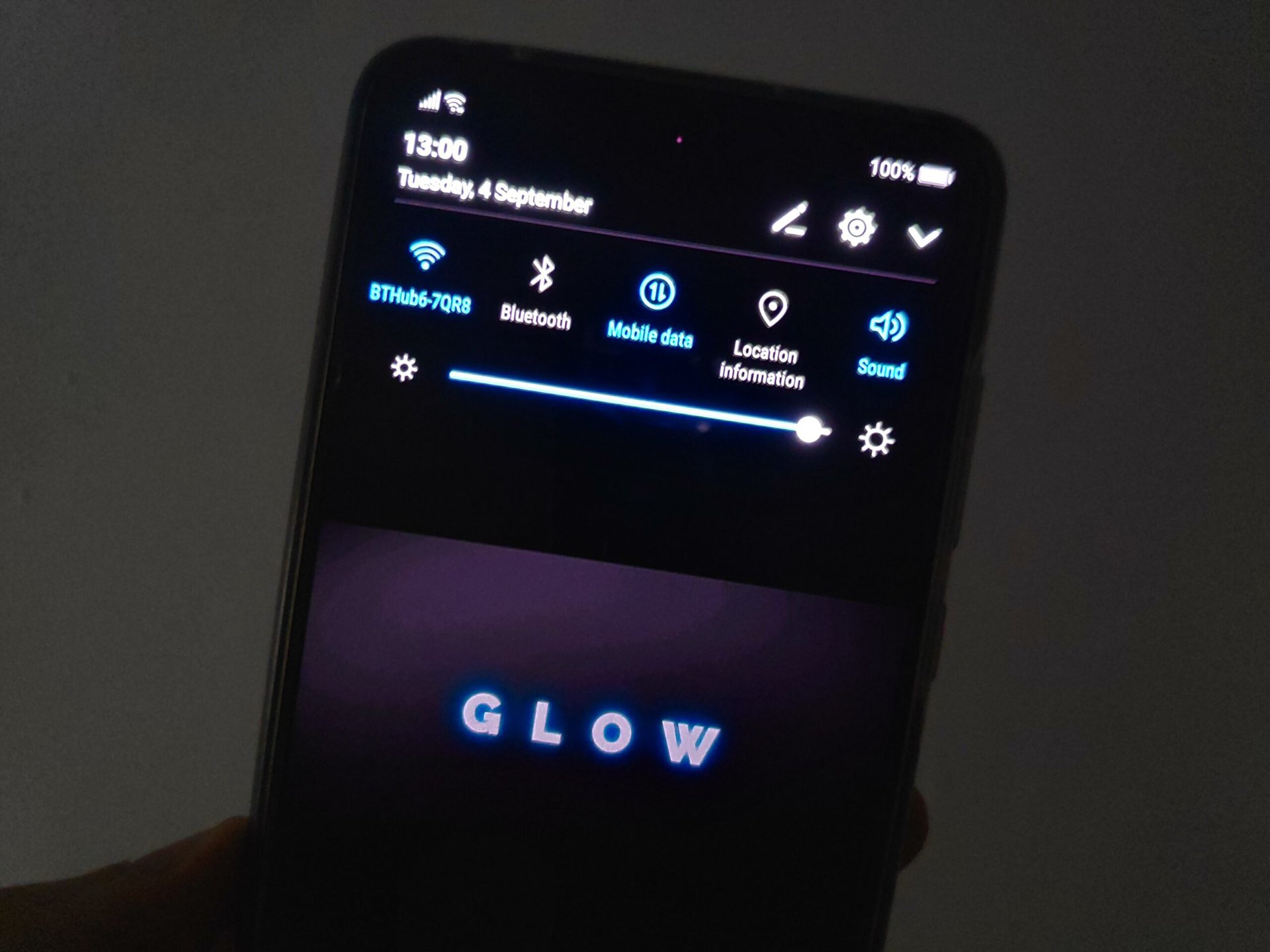
These photos are very poor for a device with a 12MP+5MP dual-camera, with the main shooter using the 12MP IMX363 from Sony at 1.4um pixel size. For reference, the G3 uses a single IMX135 with 1.1µm pixels.
Turns out, that might be ok.
Why bad is perfectly fine
Most phones in the value range have compromises across the board. For a certain slice of the market, a camera that only does okay in perfect lighting isn’t a problem. A budget device that delivers a buttery smooth PUBG experience, and delivers blistering speeds might be more important than taking perfect photos for Instagram. Capturing rich media isn’t a necessity for all of us.
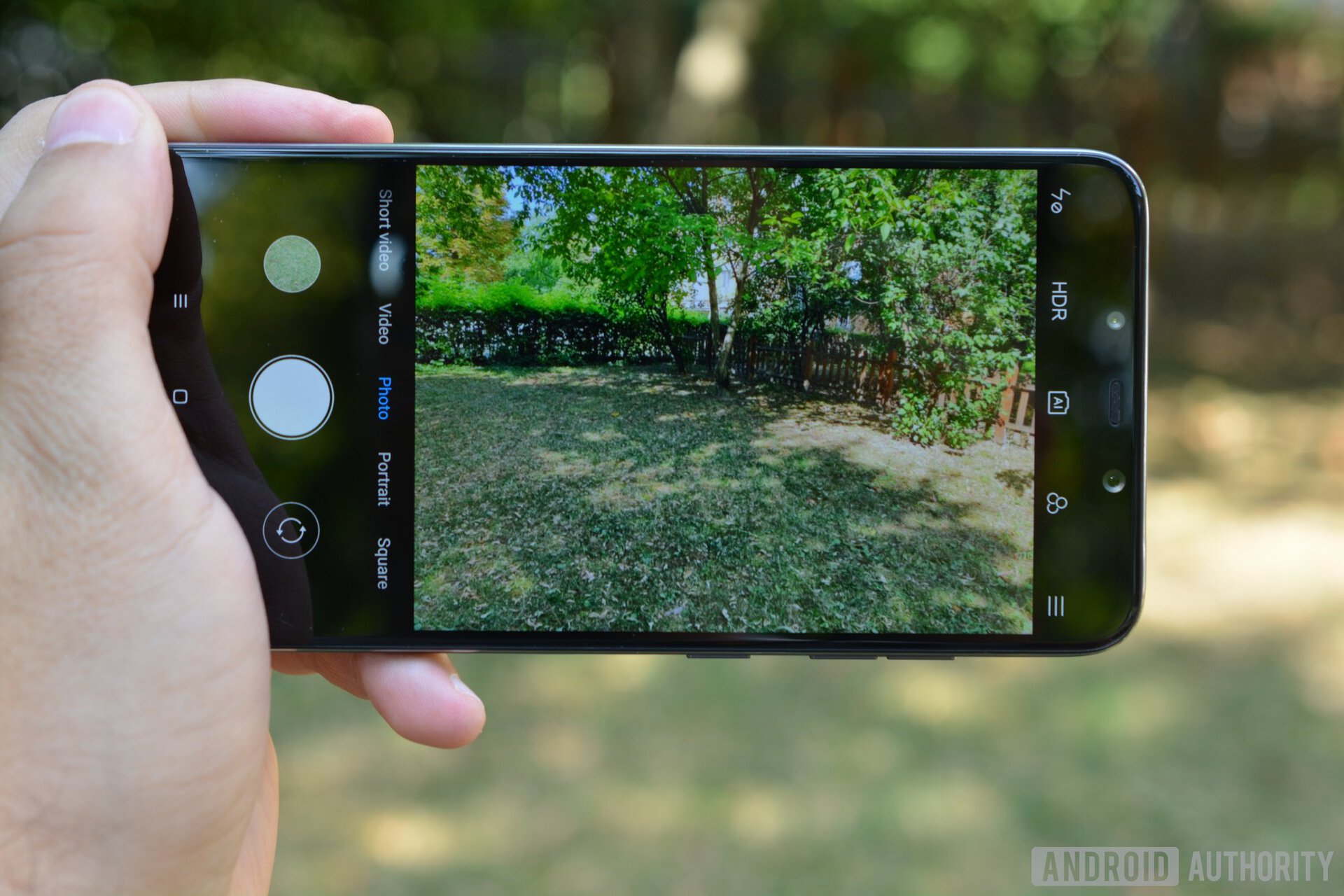
I like my phone camera to be as good as I consider affordable because I like to take photos of things around Berlin: nature, sunsets, food, and so on. For years we’ve heard opinions (and marketing) around how great cameras really matter. Competing on the DxOMark leaderboard gets a new phone lot of attention, but buying the latest and greatest isn’t always an option. For a big portion of the market, the phone they want is the fastest one with the best performance, for the least money.
The POCOphone F1 is trying to do that, and it’s leading to people buying specs rather than a brand name. While Xiaomi have billed this as a global release, the POCOphone is unlikely to make it to the U.S. as the F1’s affordability and relative lack of features aren’t attractive to a country more used to iPhones and higher-quality Android phones — something POCO’s said itself.
Compared to mid-range offerings from Nokia, vivo, ASUS, and even Xiaomi, the POCOphone F1 is very attractive — especially to those looking for an upgrade in the Indian market. The biggest killer right now is its availability. Weekly sales of the phone, only sold through FlipKart, run out in seconds. It’s great for creating hype, but not so much for actually getting a device.
Tech sites struggle to give a phone like this a high score, because it’s missing so much. The POCOphone’s best quality is its price. It’s barebones — still so unrefined that quite serious bugs need to be fixed. The company doesn’t yet have even a single external developer working on custom ROMs, something key to the success of OnePlus. The F1 also has no NFC chip, poor speakers, and even though Xiaomi says it comes with an oleophobic screen coating, it’s either very thin or just shoddy.
However, none of that really matters — not even a quite poor camera. If you live for breakneck speed at a bargain price, with a phone that does just enough, everything else comes second. That’s what is creating incredible hype, creating the new OnePlus in front of our eyes.